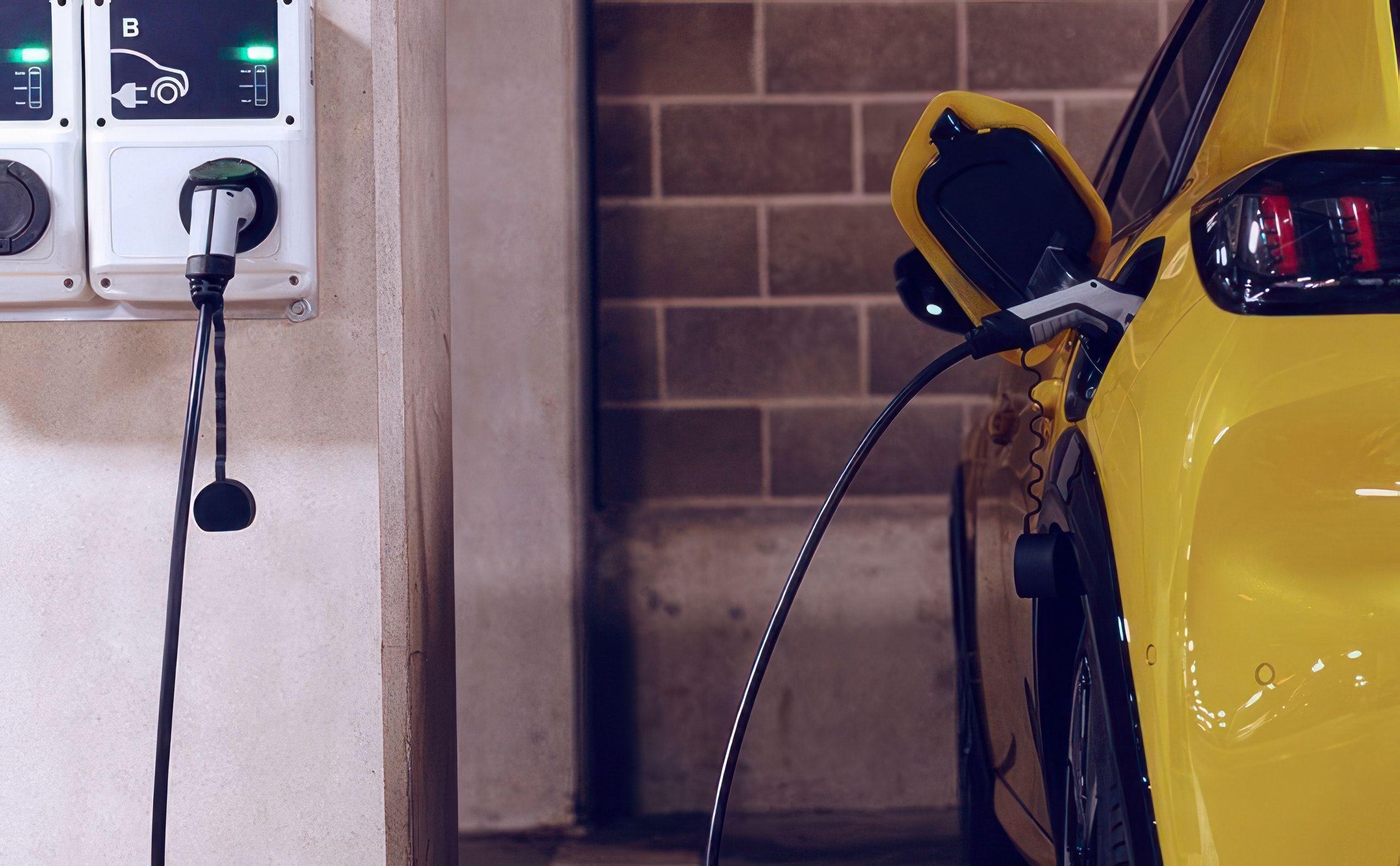The number of electric cars on German streets is still limited, but that will change dramatically over the next several years. Car manufacturers are in the process of electrifying their entire fleets. In order for the distribution networks to be able to control the additional loads caused by many vehicles charging at the same time, as of April regulation requires that load management be in place wherever charging power exceeds 12 kVA. This regulation is called the “Technische Anschlussregeln Niederspannung” (TAR Niederspannung - Technical Connection Regulations on Low Voltage). Munich-based technology company The Mobility House is currently the only provider of a solution compliant with TAR.
For the first time, TAR Low Voltage (E VDE-AR-N 4100) will regulate the electrical connection of charging devices for electric vehicles throughout Germany. This regulation replaces and expands upon the previous distribution network operator regulations. Currently, it is still going through the EU notification procedure, and approval is expected on 28 April.
"The most important change is that, in the future, charging stations with a connected load of 12 kVA and above will need to be installed with an active power control system (load management). In practice, this limit is quickly exceeded, especially in commercial environments. "
Valentin Kunkel,
Product manager, The Mobility House
This gives the distribution network operator the opportunity to intervene in the event of an imminent network.
Acting providently pays off
For new installations, charging station operators should provide load management from the outset. Even if the 12-kVA limit is exceeded at a later date, they no longer have to worry about whether or not their charging stations - which may come from different manufacturers - comply with TAR low voltage. With The Mobility House's scalable charging and energy management system ChargePilot®, conformity is guaranteed. To the same extent, this applies to the specifications of the new connection rules for maximum phase asymmetry (4.6 kW per phase) and for standardised communication with the distribution network operator in accordance with IEC 60870-5-101/104.
"This makes The Mobility House the only provider on the market that already fulfils all future technical requirements."
Valentin Kunkel,
Product manager, The Mobility House
The charging and energy management system ChargePilot® coordinates all the requirements in real time: the control signals from the distribution network operator, the building load, the charging needs of the electric cars and, if available, the power supply from the photovoltaic system. By intelligently distributing the energy, the available power output can always be harmonised with charging demands. This eliminates the possibility of overloading the network by charging several vehicles at once.
"Electric cars have to be charged in a controlled manner. In the long run, it won't work any other way."
Valentin Kunkel,
Product manager, The Mobility House
Intelligently integrating electric mobility into the distribution networks now will help prevent expensive network expansions in the future.
With its impressive electric car and battery projects, TMH shows that intelligent charging and energy management not only helps avoid network costs at the point of the electrical connection and in the distribution network, but also generates revenue and promotes the expansion of renewable energy.
You can find more information on this topic in the knowledge center of our website.
